Fine and Mellow
September 13, 2021
Today’s piece by Khulan Erdenechimeg recounts the fine and mellow musical romance between two of the best jazz artists of the past century, Billie Holiday and Lester Young.
The Lady Day’s voice had many romances, but not one of them was as tender and sweet as Prez’s tenor saxophone lines. The two sounded like real love; they sang, danced, and swayed together in the midst of many storms under Billie’s blue moon. They were perhaps soulmates; both resembled each other’s musical voice so much so, sometimes one would have to listen twice to know who’s who. In Holiday and Young’s performance for CBS Studios’ special “The Sound of Jazz” in 1957, they became one, being reunited after years.
Fine And Mellow Billie Holiday With Coleman Hawkins Lester …
The relationship between Billie Holiday and Lester Young was intimate, platonic, and lifelong. Billie was still Young’s “Lady Day”, according to an interview done a couple of weeks prior to his death on 15 March 1959. At the funeral, Holiday confided in a friend: “I’ll be the next to go”. She died 4 months after.
The pair met in the early 30s and worked together in the Count Basie’s and New York City clubs. They even lived together with Holiday’s mother at some point, and to Lester’s delight, Sadie Fagan was a great home-cook. They gave each other nicknames: Lester named Holiday “Lady Day”, and she named him “Prez” after President Franklin Roosevelt, who she thought was the “greatest man around”.
The Prez was a cool cat. Some jazz historians insist the word “cool” found a new definition and was popularized by Young. He had a different vision of the jazz world and never played a “tasteless note” in his life. He also had strict originality, to the point that he was persuaded to tune it down a little during his early years. Although he became famous with the Count Basie Orchestra, he never liked those big sounds. “I’m looking for something soft. It’s got to sweetness, man, you dig?”, he said in an interview done a few months before his death. Billie, on the other hand, was the strength and the force. She was the wild lady of jazz and possessed both a powerful voice and a manner.
Compared to Young, who grew up in a musical family, Holiday had to deal with an absent father and rough childhood. She was already a victim of a rape attempt and sexual trafficking, the latter arranged by her mother, by the time she was 14. But she had a unique voice and singing style, which was often neglected in the 30s, similar to her musical soulmate’s. When Louis Armstrong’s manager Joe Glaser suggested that she should soften her singing style, she replied “Look you son-of-a-bitch, I’m going to sing my way”. She sang with emotions, and “mean[t] every word she sings”, as the famous saxophonist Ronnie Scott said.
The performance was filmed in December of 1957, only two years before both of their deaths. The musicians dealt with chronic drug addictions, more harshly in their later years, even to the point that Holiday had to be permanently banned from performing in New York City nightclubs. Still, she had charisma and talent. Coleman Hawkins, the saxophonist who played the first solo in the performance, recalled that she was still able to make all musicians laugh backstage with her witty jokes during the filming of the footage. Young’s health, too, had been declining rapidly due to his increased drinking. The musical critic Nat Hentoff remembered that during the rehearsals Young was so weak that he told him to skip the big band section. He had to play while sitting down during his part with Holiday. Yet the performance they gave continues to take people’s breath away. Hentonoff further remarked “Lester got up, and he played the purest blues I have ever heard, and [he and Holiday] were looking at each other, their eyes sort of interlocked, and she was sort of nodding and half-smiling. It was as if they were both remembering what had been – whatever that was. And in the control room, we were all crying. When the show was over, they went their separate ways”.
The performance film starts with John Crosby’s introduction of Holiday and her band. “Her blues are poetic, highly intense”, he marked. Then what seems to be an excerpt from an interview with Holiday plays in the background. She says “there are two kinds of blues, there’s the sad blues and the happy blues. I don’t think I’ve ever sung the same line twice. I don’t think I’ve ever seen the same tempos… I don’t know, the blues is a mixed-up thing – you just have to feel it. Anything I do sing is part of my life”. Even after years of flirtatious jazz life in tiny clubs to big stages that eventually led to jails and hospitals, Holiday’s glam never wore out. Her signature line eyebrows are very much visible, and her dark shiny hair is in a bun. Big round earrings dangle from her ears, hinting at her once extravagant life. She loved luxury Coty perfumes, expensive bath oils, and fur coats. A minute and a half into the performance, Young stands up from his seat and starts to perform. Lady Day’s eyes follow him. He’s wearing a fashionable 50s style suit, and he holds his saxophone in 45 degrees – as he has always done. He had always been a romantic player – his notes are slow and careful, much like Holiday’s. Prez’s horn sings, and Lady Day raises her eyebrows and nods approvingly. She dances with the rhythm and smiles mysteriously. Her eyes speak of a story that happened many years ago, perhaps in a small jazz club in Harlem. She then joyfully joins in and tells stories of a fine and mellow love.



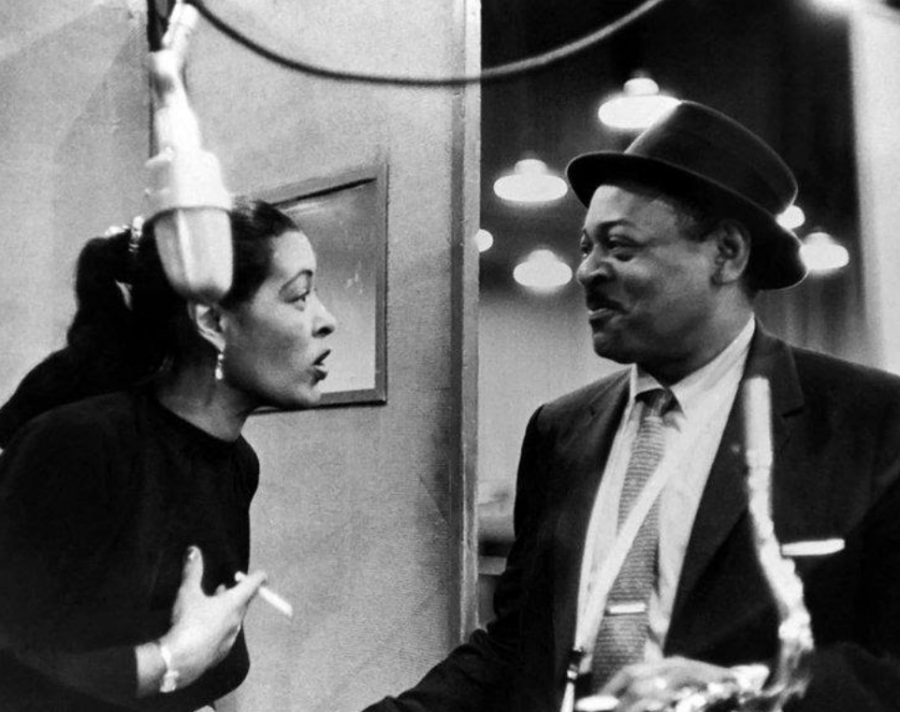

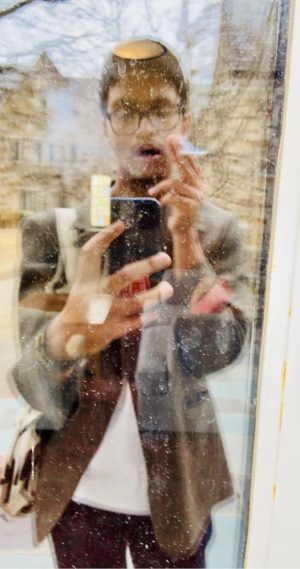
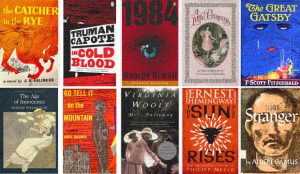
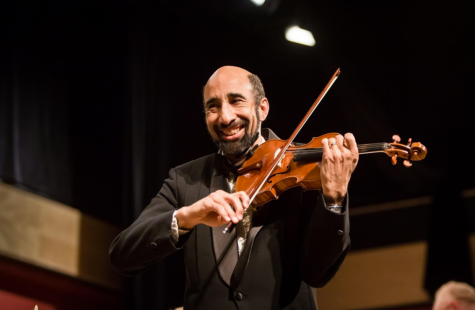
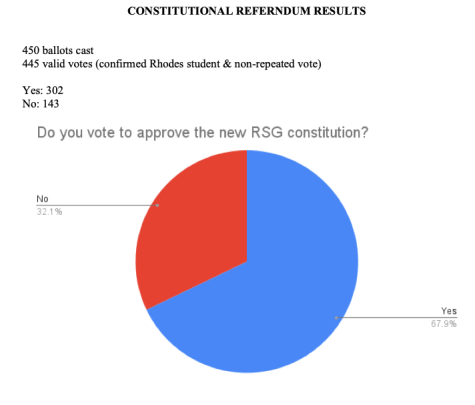
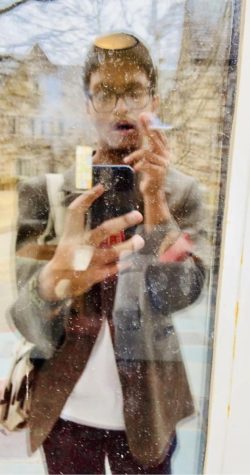
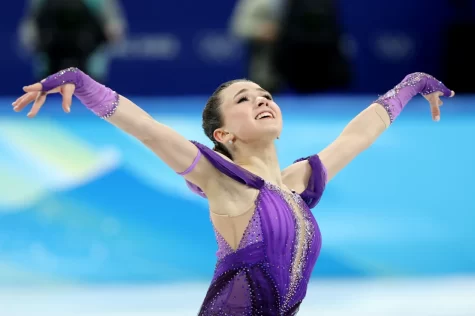
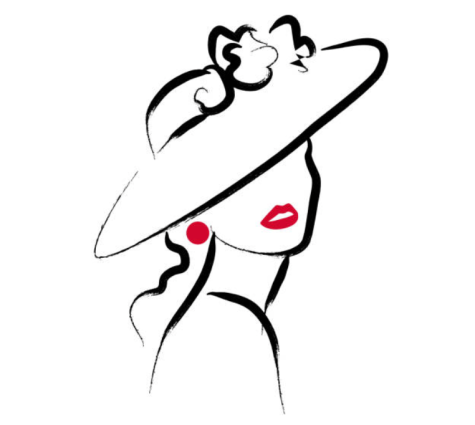
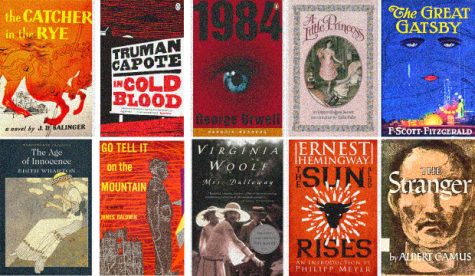
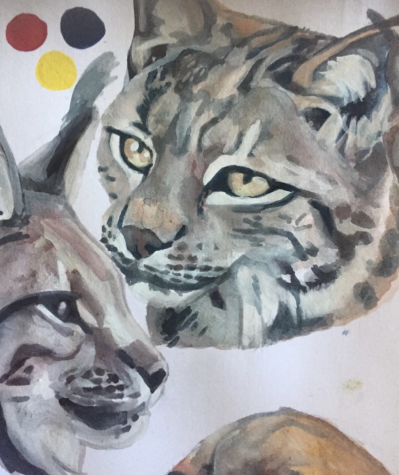
Sankalpita Mullick • Sep 14, 2021 at 2:04 am
Khulan pays a heart rending ode to music and musicians. This article helps us understand the personal and professional struggles of the muscians. It also charts the evolution of the genre of the music and how the artists remaining true to their form has positivily affected their music. Khulan’s writing is almost lyrical, just like her subject matter. The focus on female artists and quotes by all the artists really creates a unique niche for such commentary on music.
This article really jazzed up my day (I apologise for this pun).